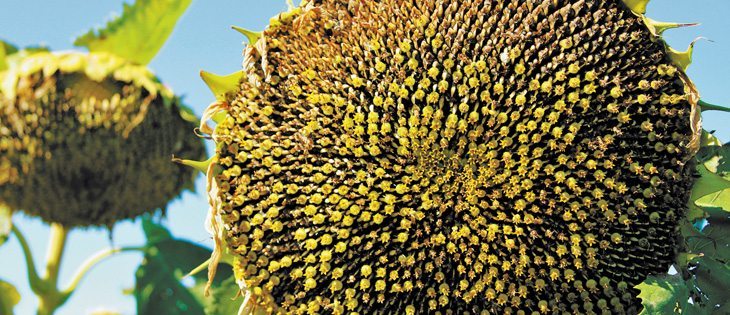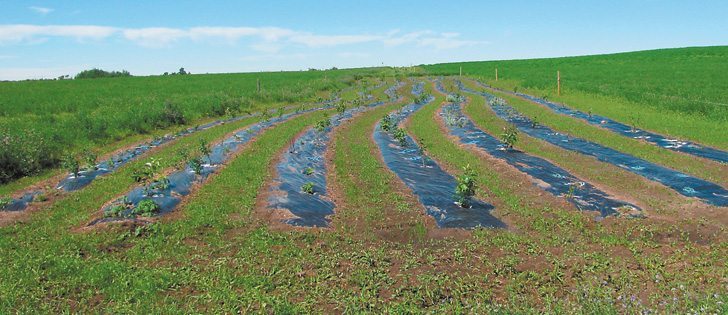Anxious hog farmers might experience a much better fourth quarter than they expected, a leading U.S. hog market analyst says.
Instead of prices slumping as they usually do in October, November
and December, they may actually rise, says Chris Hurt of Purdue
University.
“The fourth quarter, if we can get high $30s (US per hundredweight
live), it won’t be the horrible disaster that people are afraid of
right now,” said Hurt.
Read Also

Russian wheat exports start to pick up the pace
Russia has had a slow start for its 2025-26 wheat export program, but the pace is starting to pick up and that is a bearish factor for prices.
While still short of break-even levels, an autumn price of $37-$40
per cwt. live would allow many producers to limp through. The situation
in Canada would be made more difficult if the loonie remains strong.
Hurt thinks a combination of factors led to the absence of the
typical spring and summer rally in 2009, but some of those factors are
fading from the market, raising hope for the fourth quarter.
He said the rally this spring failed because of weak exports due to
the market impact of the H1N1 flu on overseas markets and also the
drawing back of China and Russia from buying U.S. pork earlier in the
year.
The U.S. industry might have been lulled into a false sense of
security in 2008 when pork exports boomed, especially to China, but the
strong movement turned out to be a temporary fluctuation, not a
long-term trend.
The weak economy also hurt demand. The result was a backup of pork
put into cold storage. Supplies of U.S. pork this spring rose seven
percent, Hurt said, even though production had fallen three percent.
The problem was compounded when retailers did not drop pork prices,
so there was no incentive to make consumers eat through the surplus.
“We were trying to push seven percent more pork at the consumer at higher prices,” said Hurt.
“Usually, that is a disaster for demand.”
In July, pork prices began falling and have stayed down.
North American pork production is starting to fall and there is a
good chance that increased pork consumption will draw down the surplus
and make prices stronger than many expect.
“We’re going to work through this glut of pork in the U.S.,” said Hurt.
The fourth quarter typically sees the worst prices of the year
because the high number of holidays reduces packer demand and U.S. hogs
grow faster once the heat of summer is past.
Calling for prices to strengthen in the fourth quarter is unusual.
Hurt said the last time that happened was in 2000 in the aftermath of
the 1998-99 hog slump.
If they do average $37 per cwt., equivalent to $49 lean or about $96
per head for a 260-pound animal, losses will be far lower than many
expect now.
“People are worried about (prices falling to) $25,” said Hurt.
“There’s a lot of fear of that potential happening.”
But if prices can average $37 through the fourth quarter, perhaps
reaching $40 by the end of December, and grain prices fall, break-evens
for American producers may only be $4 to $5 away, said Hurt.
Canadian producers are worse off because of the major rise of the
Canadian dollar, which effectively discounts the U.S. price compared to
years before 2007.
By the spring, Hurt expects U.S. live prices to be in the low $40s.















